It can be hard to embrace sustainable eating goals without finding the reality (and cost) a challenge. Here are some easy ways to support the planet…without making yourself crazy in the process.
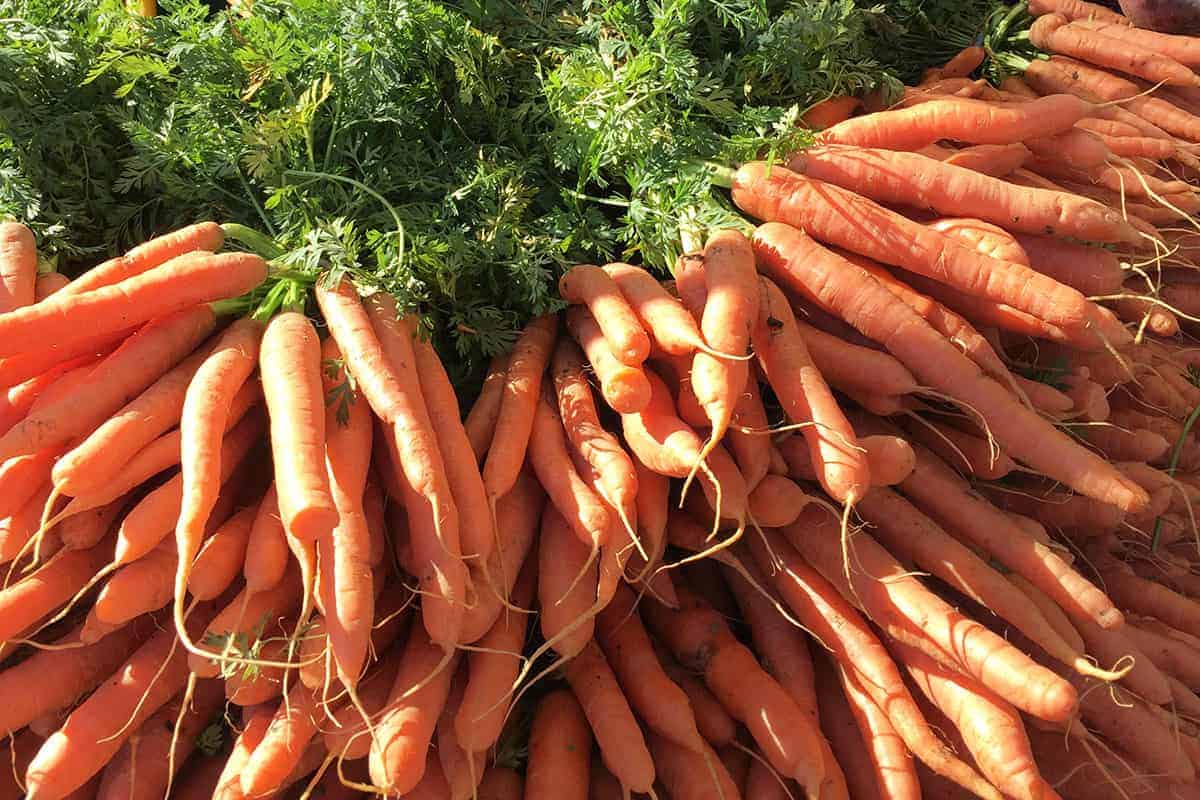
Sustainable Eating
What we choose to eat has an impact on the earth, but we also know that there are so many other factors involved that it’s never quite that cut and dry. I’ve always been interested in and committed to sustainable eating, but as someone who’s lived in Iowa for a decade, it means something different to me now.
I’ve seen so many friends unable to find a way to sustain farms that grow vegetables that aren’t soy or corn—because the marketplace is stacked against them.
I also know what it’s like to live in a small town without as many options as you’d have in larger cities or suburbs.
Using my food dollars to support brands and families that I want to see stay in business is a priority, but I also realize that there’s only so much I can do—without spending all of my time on the effort or spiraling into guilt when I choose more convenient options.
I think there is a middle ground though and I’m excited to share some doable ideas with you on how to support sustainable food options.
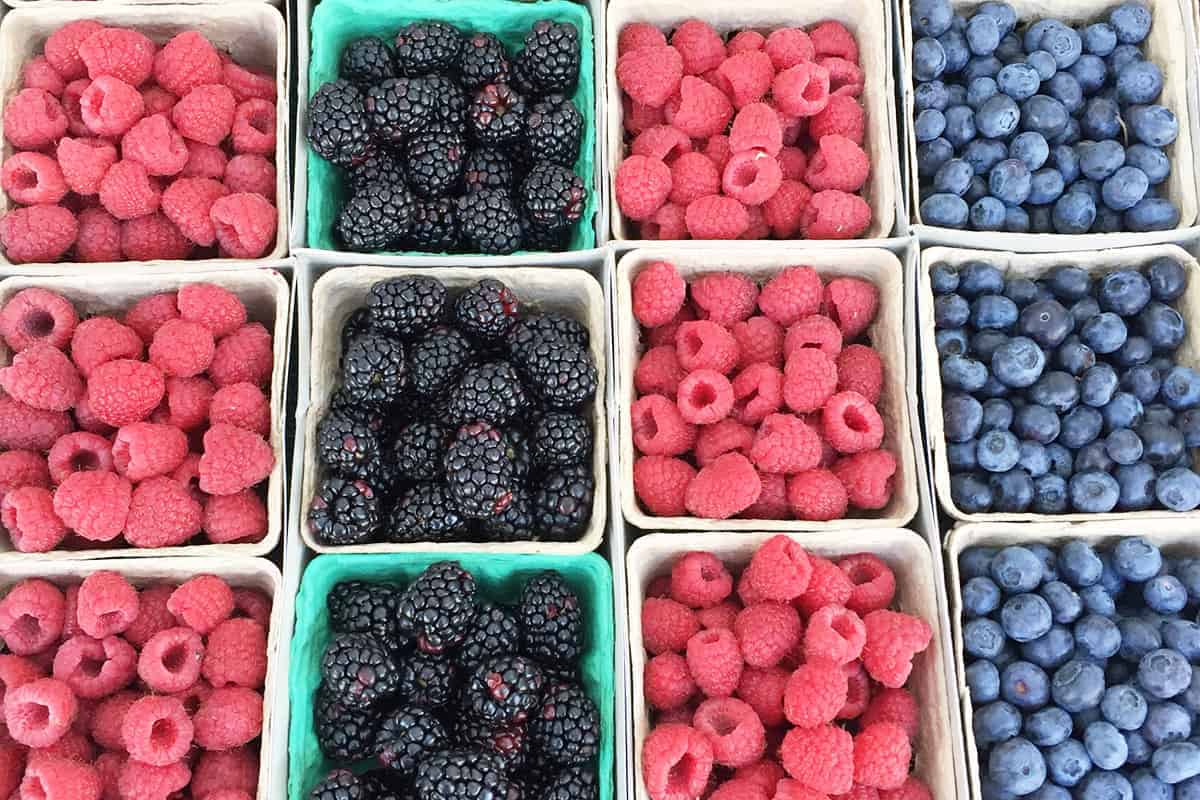
Sustainable Food Tips
With any efforts that touch on what we decide to buy and feed our families, things can quickly turn into restrictions or “goals” that bring guilt and emotional distress.
These tips are meant to spare you of that, allow you to embrace your reality and continue to eat intuitively…while also being mindful of a more sustainable way of eating.
1. Remember that You Don’t Have to Do All the Things
No one person is going to be able to do things perfectly or eat entirely sustainably, in most cases anyway. I think it’s okay to realize that we don’t actually need to aim for that. You can pick and choose.
You can still prioritize listening to what your body needs. You can still make choices that are best for you and your family in this phase of your lives. And you can support growers with an eye towards sustainability.
2. Recognize that It’s a Privilege
Sustainably grown food can cost more—and it almost always does since it’s not subsidized in the way that more industrially produced food is. (There’s often more harvesting by hand and there can be more of an awareness of fair wages and health insurance.
So it’s a privilege to be able to choose to spend more money on certain types of foods.
And it’s also very time consuming to prepare. For example, we have a big garden in the summer and I love freezing spinach pesto to keep in the freezer for winter pasta and pizza. The process of growing, picking, washing, blending, and such is obviously a lot more time consuming than buying a jar of pesto at the store.
Which is not to say that one is better than the other. It’s just to point out that we don’t all have the time to do that sort of effort when it comes to preparing food and that’s okay.
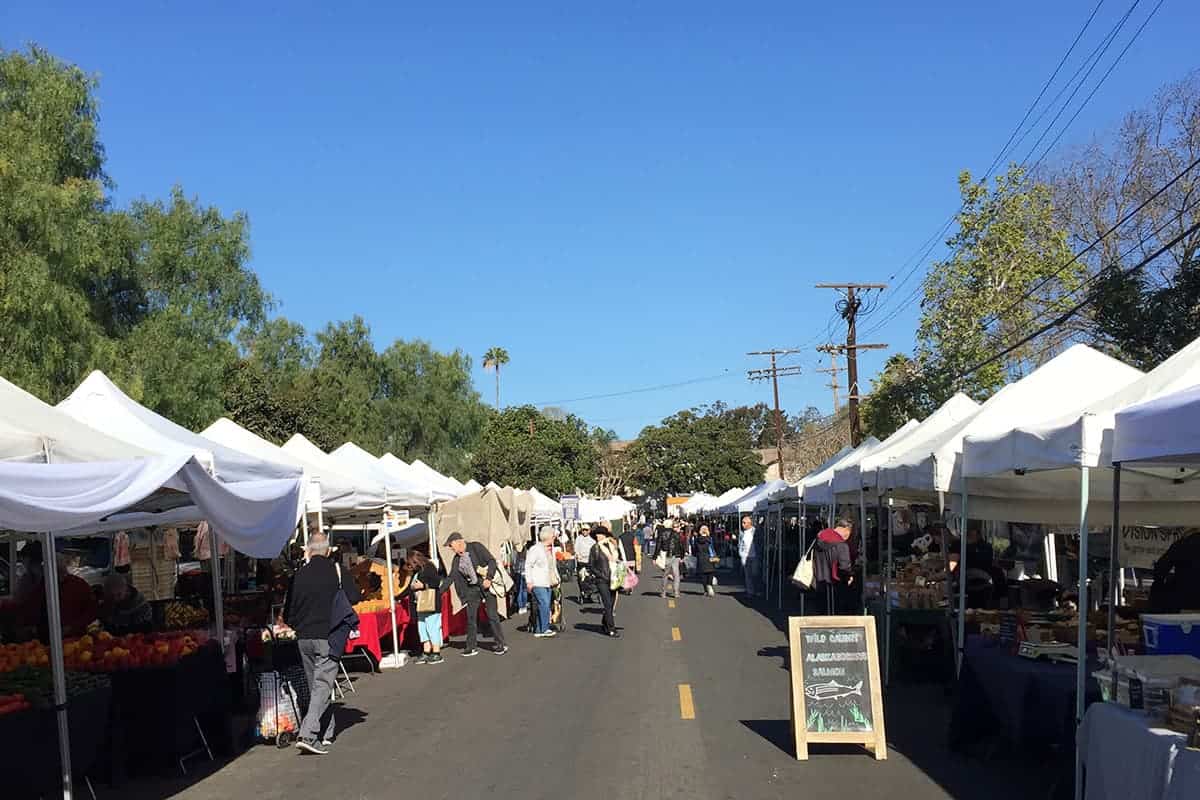
3. Use Your Dollars to Support What Matters to You
You may care more about how your chicken is raised than how your carrots are grown. Or that you go to chain restaurants who take steps to reduce their carbon footprint. Or that your milk is organic but your strawberries don’t need to be.
It’s okay if you make some choices and use your dollars accordingly. (This again is to reiterate that it’s okay if you don’t do it all!)
TIP: Read more about the Dirty Dozen lists here and how to think about conventional versus organic produce.
4. Try to Waste Less Food
Americans waste a LOT of food each year and as the parent of a small child, I am sure you feel that in your own home too. The biggest strategy? Serve smaller portions to start with and wait to offer seconds until the kids ask for them.
This can be a challenge, I am aware, especially when kids insist on a certain amount of food to start with, but it’s the single biggest way to reduce how much gets wasted on the backend.
TIP: Read more of my best tips on reducing food waste when feeding kids.
5. Eat a Little Less Meat
Raising meat takes a lot more resources than raising plants, so simply by reducing how much meat your family eats, you can eat more sustainably.
My general approach to this is that we usually only cook meat for one meal a day (so we only have it for lunch if it’s leftovers) and I try to have a few vegetarian dinners a week too.
This also helps to keep my food budget in check since plant-based proteins like beans and tofu are much less expensive than meat or chicken.
6. Buy Large Packages and Portion them Out at Home
Single serving cracker packages, snacks, and even trail mixes can be so convenient…I know! (And I do buy them sometimes.)
But you can reduce the amount of trash that the food you buy makes if you buy the regular size bag or box and transfer to reusable bags or containers. It’s a small thing that can help.
7. Minimize Mail Ordering Food
I’m not going to tell you not to use Amazon Prime for groceries you use monthly or not to order specialty items you can’t get where you live. I won’t even tell you not to do meal delivery kits.
I’d just suggest that you review those things regularly and eliminate the ones you don’t really need to reduce shipping and packaging materials involved. (I fully give us all grace for more online ordering in the past year though!)
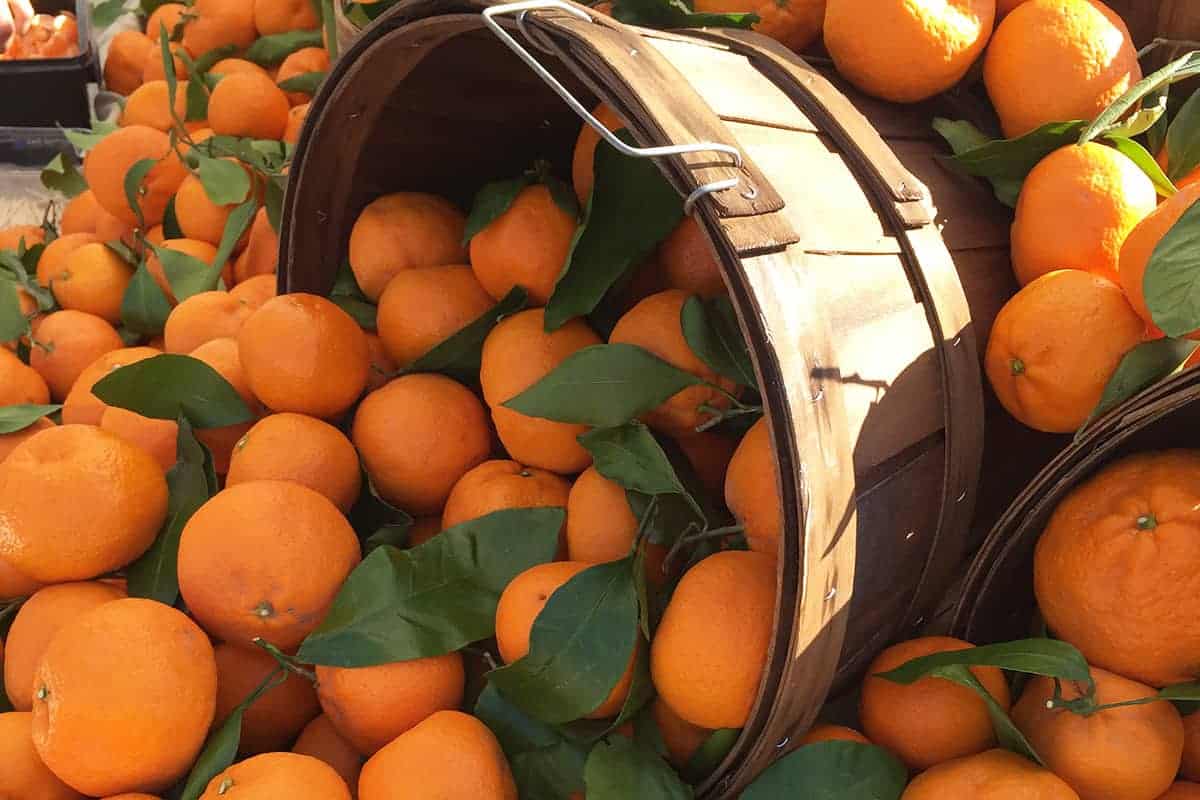
8. Support Some Local Food
Even if you can’t afford to join a CSA (or you don’t want to) or local meat isn’t an option, you can still find small ways to support local growers. Visit farm stands in season, buy locally made preserves or honey at the super market, go to the farmer’s market and let the kids pick out a veggie to try.
If there’s one thing I’ve learned from living in a state that prioritizes big agriculture, it’s that the people growing food sustainably will simply be forced to shut down if we don’t buy from them at least some of the time.
We do our best to buy from local growers we can easily access (which means it’s easier in the summer) and we buy bulk meat from two local farms throughout the year. I also try to buy local dairy at our supermarket since I know the store will only continue to stock it if it sells.
9. Pick Your Thing
If eating sustainably is too much for you to grapple with, just pick one thing. Maybe it’s local milk. Maybe it’s local eggs. Maybe it’s a monthly visit to the farmers market for some veggies.
It’s okay to streamline your efforts in the mix of everything else you want and have to do.
10. Enjoy Your Food
We went into detail about this on the podcast, but if you start to feel guilty for wanting to go out to a restaurant who doesn’t source sustainable ingredients. Or you find yourself forcing ingredients into your meals that you really don’t want to eat because they’re sustainable or somehow “better”, then it might be time to take a step back.
You’re still allowed to enjoy your food and listen to your body and you don’t need to feel guilty for doing that.
Related Stories
I’d love to hear your feedback on this post, so please comment below.
This post was first published April 2020.
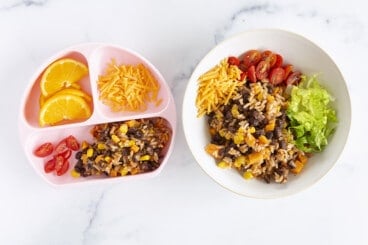
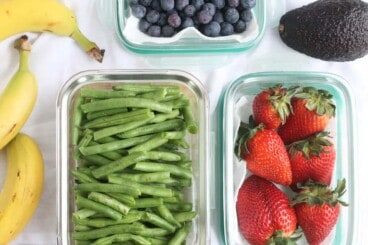
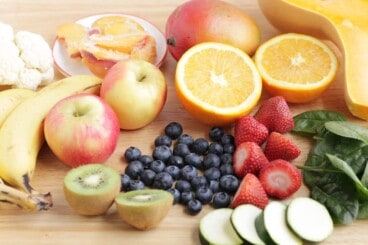
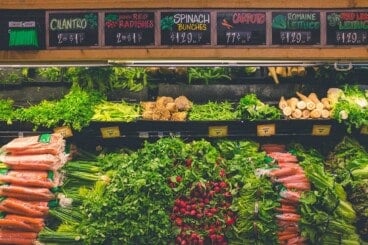



















Loved this episode. I agree with all your views and use steam in bag veggies often with two little kiddos. But I do have all the worries and am too trying to find a middle ground or a place that feels right for our family. So many pieces to it all and so nice to hear that other busy moms are right here with me in all the struggles of feeding our families.